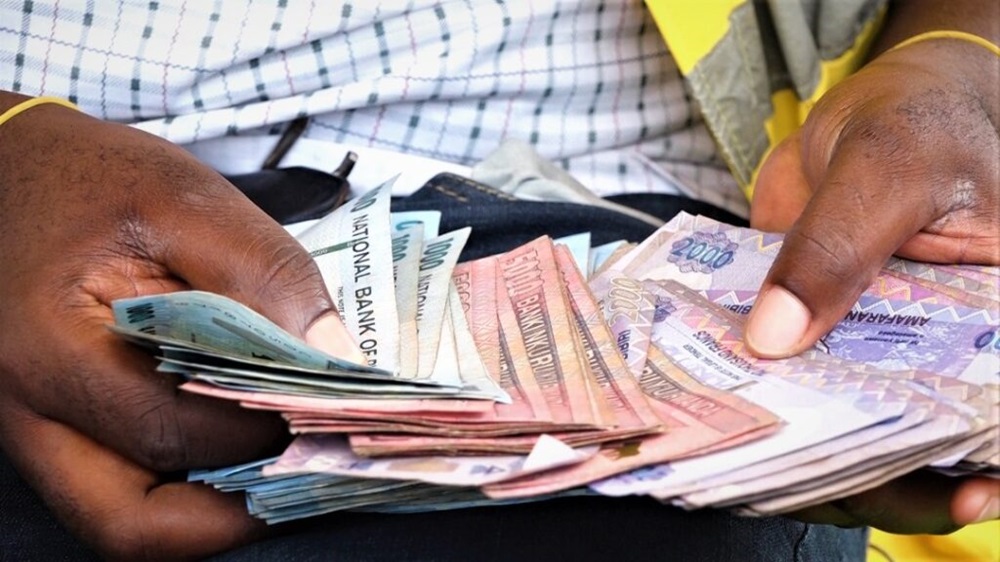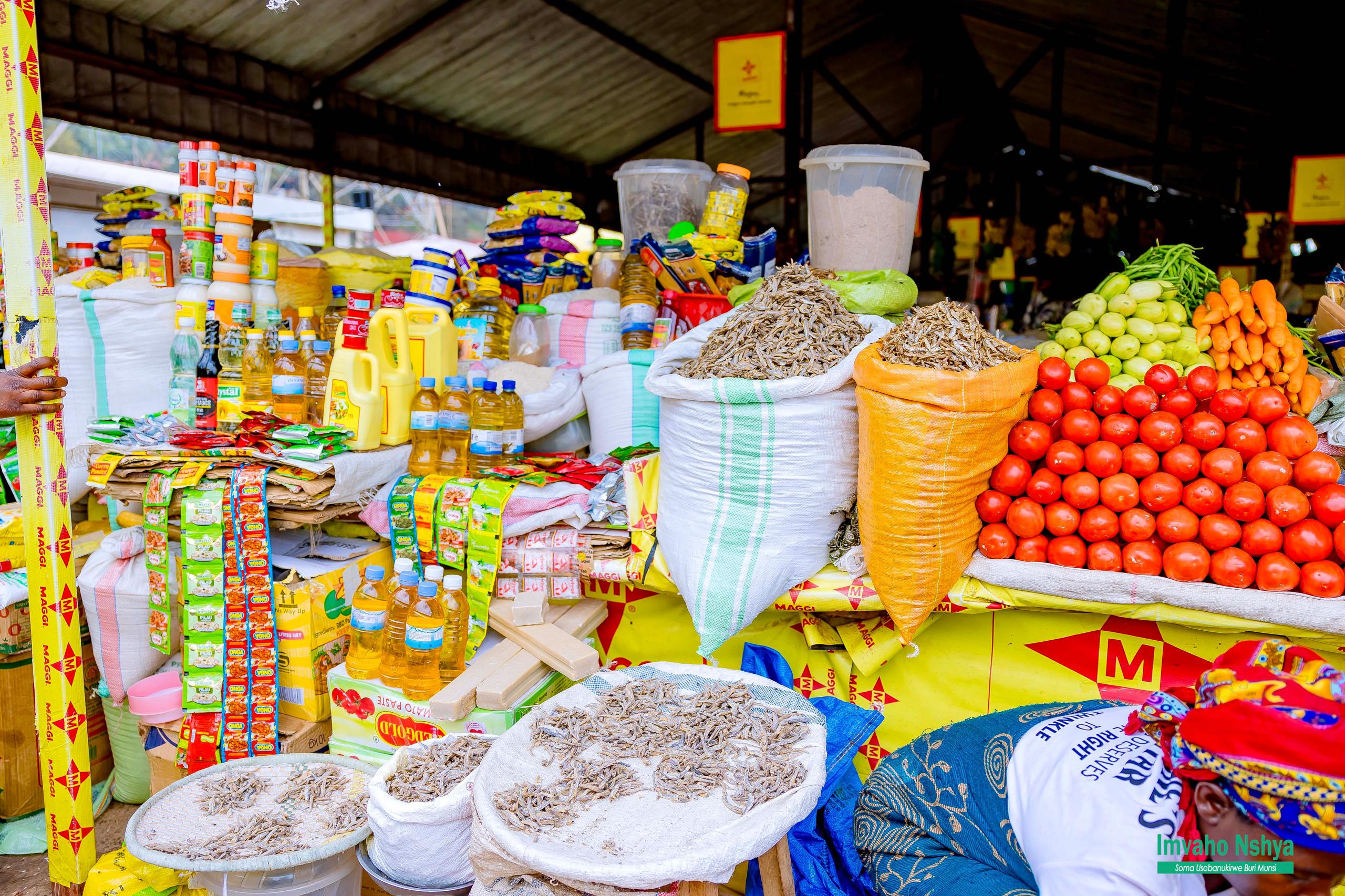Here in Rwanda, we understand the value of our Franc (RWF). But as we look across our vibrant continent, it’s fascinating to see how our currency compares. You might be interested to learn that in several African nations, your Rwandan Franc can actually stretch further, buying you more of their local currency. Let’s explore these countries and the current exchange dynamics, also showing you what 1000 RWF could fetch (as of Monday, June 2, 2025).
A currency’s strength is a reflection of a nation’s economic pulse. Factors like economic growth, inflation, interest rates, political stability, and trade balances all play a crucial role. When a country faces economic challenges, its currency might weaken, requiring more of it to purchase stable foreign currencies – and conversely, allowing currencies like the RWF to buy more of it.
As a reference point, the relationship between our Franc and the widely used United States Dollar is:
1 Rwandan Franc (RWF) ≈ 0.00071 United States Dollar (USD) 1 United States Dollar (USD) ≈ 1,409.0 Rwandan Francs (RWF)
This highlights the USD’s current strength. However, within Africa, the picture shifts.
East African Community: A Strong Showing for the Franc
Our East African Community (EAC) neighbors offer compelling comparisons:
Uganda (Ugandan Shilling – UGX): The Rwandan Franc currently holds a stronger value. 1 Rwandan Franc (RWF) ≈ 2.5 – 2.6 Ugandan Shillings (UGX) Value of 1000 RWF ≈ 2,500 – 2,600 Ugandan Shillings (UGX) 1 Ugandan Shilling (UGX) ≈ 0.38 – 0.40 Rwandan Francs (RWF)
Tanzania (Tanzanian Shilling – TZS): The Rwandan Franc also demonstrates a stronger value. 1 Rwandan Franc (RWF) ≈ 1.8 – 2.0 Tanzanian Shillings (TZS) Value of 1000 RWF ≈ 1,800 – 2,000 Tanzanian Shillings (TZS) 1 Tanzanian Shilling (TZS) ≈ 0.50 – 0.56 Rwandan Francs (RWF)
Burundi (Burundian Franc – BIF): The Burundian Franc has a significantly lower value. 1 Rwandan Franc (RWF) ≈ 2 – 2.3 Burundian Francs (BIF) Value of 1000 RWF ≈ 2,000 – 23,00 Burundian Francs (BIF) 1 Burundian Franc (BIF) ≈ 0.043 – 0.05 Rwandan Francs (RWF)
Democratic Republic of Congo (Congolese Franc – CDF): The Rwandan Franc shows a stronger value here as well. 1 Rwandan Franc (RWF) ≈ 1.6 – 1.8 Congolese Francs (CDF) Value of 1000 RWF ≈ 1,600 – 1,800 Congolese Francs (CDF) 1 Congolese Franc (CDF) ≈ 0.055 – 0.063 Rwandan Francs (RWF)
Expanding Across Africa: More Nations Where the RWF Has Leverage
Beyond our immediate neighbors, there are other African countries where the Rwandan Franc currently holds a greater value:
Malawi (Malawian Kwacha – MWK): 1 Rwandan Franc (RWF) ≈ 1.2 – 1.4 Malawian Kwacha (MWK) Value of 1000 RWF ≈ 1,200 – 1,400. Malawian Kwacha (MWK) 1 Malawian Kwacha (MWK) ≈ 0.83 Rwandan Francs (RWF).
Sierra Leone (Sierra Leonean Leone – SLL): (Note: Sierra Leone is undergoing a redenomination, but based on the old Leone for current comparison) 1 Rwandan Franc (RWF) ≈ 10 – 12 Sierra Leonean Leones (SLL) Value of 1000 RWF ≈ 10,000 – 12,000 Leones (SLL) 1 Sierra Leonean Leone (SLL) ≈ 0.083 – 0.10 Rwandan Francs (RWF)
The Significance of Currency Comparisons:
These comparisons are more than just numbers. They offer insights into the relative economic strengths and challenges faced by these nations. A stronger Rwandan Franc in these contexts can impact trade relations, the cost of imports and exports, and the financial experiences of individuals traveling or conducting business across these borders.
A Dynamic Landscape:
It is crucial to reiterate that the world of currency exchange is constantly in motion. The values presented here are based on the current market conditions as of today. Economic shifts, policy changes, and global events can all lead to fluctuations in these rates.
For Travelers and Businesses:
For Rwandans planning to visit or conduct business in these countries, understanding these exchange rates can be advantageous, potentially making their Rwandan Francs go further. Conversely, individuals from these nations visiting Rwanda will find their local currency buys fewer Rwandan Francs.
A Taste of Affordability: Lunch for 1000 RWF Across Africa
Let’s imagine you’re traveling across Africa with just 1,000 RWF (~$0.71 USD). What kind of lunch can you get in each country? Here’s a flavorful journey:
Uganda 1,000 RWF ≈ 2,500–2,600 UGX 
Tanzania 1,000 RWF ≈ 1,800–2,000 TZS 
Burundi 1,000 RWF ≈ 2,000–2,300 BIF
You could get a full plate of rice, beans, cabbage, and a boiled egg or piece of meat, along with a soft drink at a local bistro. Meals are hearty and affordable in most Burundian eateries.
DR Congo
1,000 RWF ≈ 1,600–1,800 CDF
That would be enough for a traditional meal of fufu served with cassava leaves and either fish or beans at a popular local “malewa” food shack found throughout Congolese towns.
Malawi 1,000 RWF ≈ 1,200–1,400 MWK
You could enjoy a plate of nsima with beans or vegetables, and sometimes even a small piece of meat, plus a bottle of water or fruit juice in a roadside diner.
Sierra Leone 1,000 RWF ≈ 10,000–12,000 SLL
This budget would get you a plate of jollof rice, cassava leaves, or groundnut stew with rice, typically served with fish or chicken at a basic neighborhood food joint.
Rwanda (for comparison) With 1,000 RWF in Kigali, you can typically afford:
- A small plate of beans and rice, or
- A chapati and milk tea, or
- Street snacks like sambusas and boiled eggs.
To get the most precise and current exchange rates, always consult reliable financial platforms or currency converters at the time of any financial transactions.
The Rwandan Franc currently holds a stronger value than the currencies of several African nations, particularly within the East African Community and some parts of West Africa. This reflects the ongoing economic dynamics within our continent and highlights the relative standing of our currency in these specific contexts. Keeping informed about these fluctuations is key for both individuals and businesses operating within Africa’s diverse economic landscape.



Post Comment